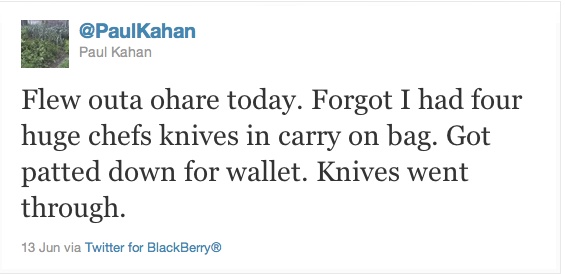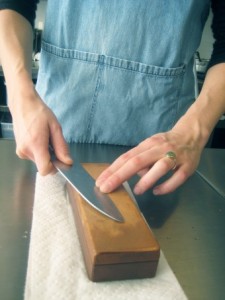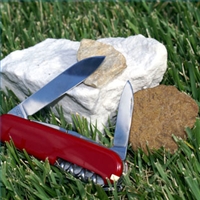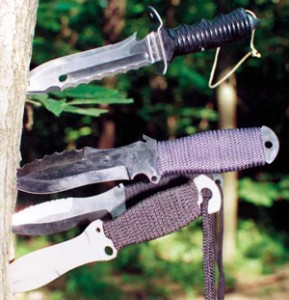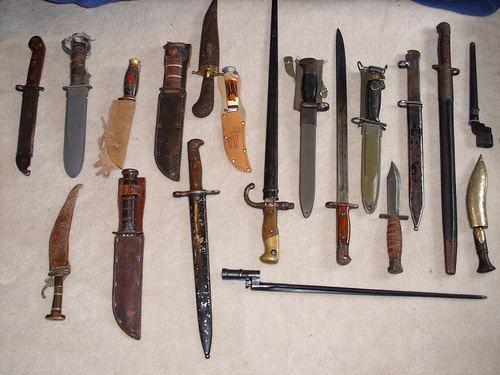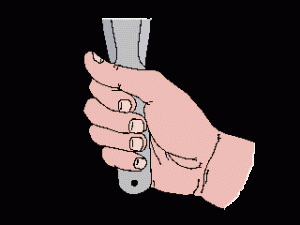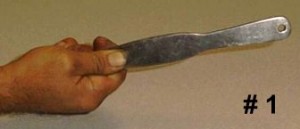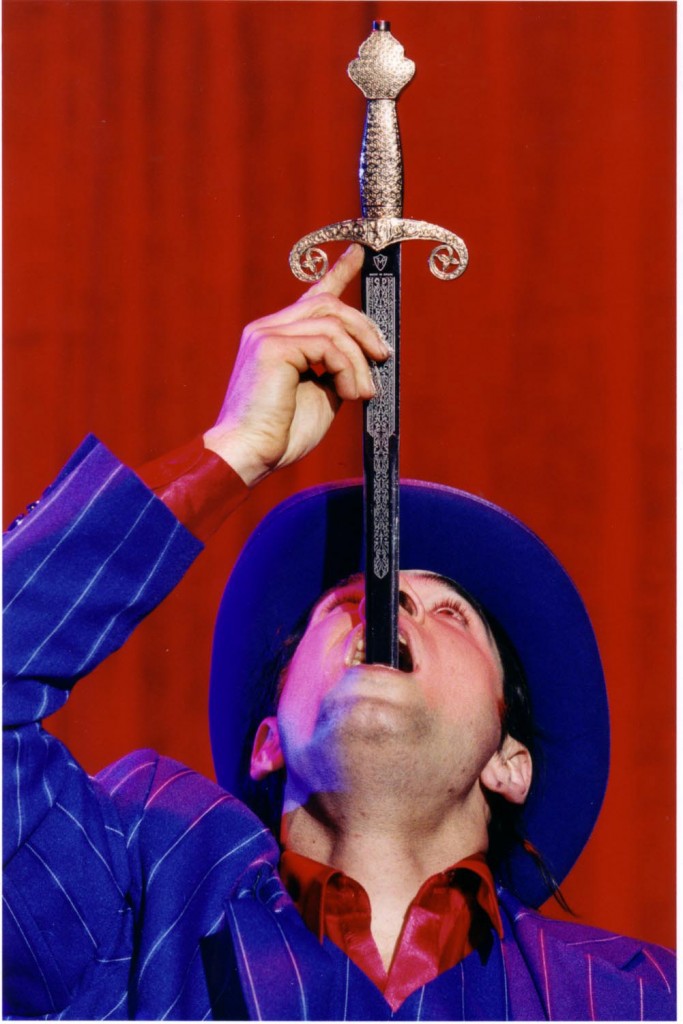 There are many useful things you can do with a blade. For example you can cut tomatoes with a knife, use an axe to chop wood, skin a deer with a blade or put a sword down your throat. OK, so maybe the last example isn’t that useful, but it’s definitely cool.
There are many useful things you can do with a blade. For example you can cut tomatoes with a knife, use an axe to chop wood, skin a deer with a blade or put a sword down your throat. OK, so maybe the last example isn’t that useful, but it’s definitely cool.
After researching the story I posted earlier this week about renowned sword swallower Chayne Hultgren getting arrested, I became curious about how someone actually discovers this skill.Do they one day trip and fall head first, mouth open onto a sword and voila?
That didn’t seem too likely, so I took to the Internet and found that like juggling knives or throwing knives, it just takes a little practice.
Before continuing, I strongly advise you not to try this at home, especially with a real sword. This is not necessarily a how-to article, but rather a how-it’s-done article. Do not try this at home.
There’s nothing really magical about swallowing a sword, but it does take a lot of physical discipline and patience. For some, it takes years and hours of practicing before finally being able to swallow a sword. The Sword Swallowers Association International (SSAI) says it takes anywhere from three to seven years to learn.
The first and most basic thing you have to learn is to control your gag reflex. If you’re new and try to put a sword down your throat, you will gag and cut yourself for sure. That’s why you have to take it slow and practice with smaller objects. You have to invoke your gag reflex over and over until you become inured to the act. When you do active your gag reflex, be prepared for a world of discomfort and vomit.
Then, a performer must learn how to relax the muscles that are involuntary for everyone else. These muscles control the opening of the esophagus, which is where the sword enters your throat. You have to tilt your head all the back, relax your esophageal sphincter and guide the sword (or if you’re still just learning, another object) down your larynx.


